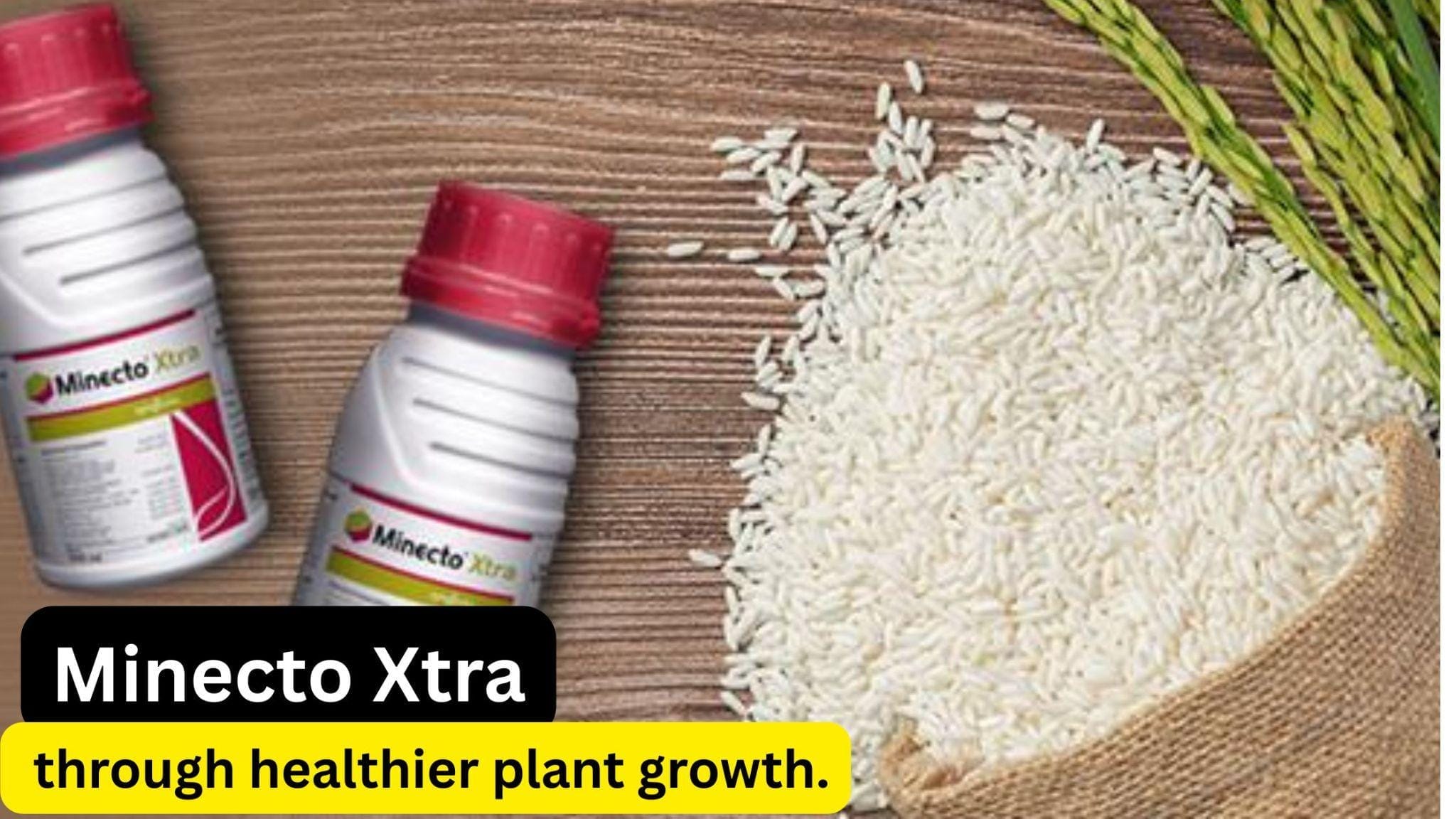Syngenta Insecticide List: Products, Uses, and Benefits

About Syngenta
Syngenta is a global leader in agricultural innovation, headquartered in Switzerland, with operations in over 90 countries. The company specialises in crop protection, seeds, and digital farming solutions. Syngenta’s mission is to help farmers grow safe and nutritious food sustainably by offering cutting-edge technologies and products.
What is an Insecticide?
Insecticides are chemical or biological agents used to kill or repel insects that damage crops. They play a vital role in agriculture by protecting plants from pests that reduce yield and quality. Insecticides can be:
- Contact insecticides – kill pests on direct contact.
- Systemic insecticides – absorbed by plants and kill insects feeding on them.
- Biological insecticides – derived from natural organisms like bacteria or fungi.
Types of Insecticides
Syngenta offers a wide range of insecticides categorised by their mode of action and target pests:
- Synthetic Insecticides – e.g., Lambda-cyhalothrin, Thiamethoxam.
- Biological Insecticides – e.g., Emamectin benzoate.
- Granular Insecticides – e.g., Virtako for soil application.
- Seed Treatment Insecticides – protect crops from early-stage pests.
Popular Syngenta Insecticides and Their Benefits
Here are some of Syngenta’s most widely used insecticides:
1. Actara
- Active Ingredient: Thiamethoxam 25%
- Target Pests: Aphids, whiteflies, jassids, hoppers
- Recommended Crops: Cotton, vegetables, fruits
- Dosage: 0.2 g/l
- Benefits: Long-lasting control of sucking pests
2. Karate
- Active Ingredient: Lambda-cyhalothrin 5% EC
- Target Pests: Borers, aphids, thrips, whiteflies
- Recommended Crops: Cotton, paddy, vegetables
- Dosage: 0.5 ml/l
- Benefits: Fast knockdown and residual activity
3. Ampligo
- Active Ingredients: Chlorantraniliprole + Lambda-cyhalothrin
- Target Pests: Caterpillars, bollworms
- Recommended Crops: Cotton, maize
- Dosage: As per label
- Benefits: Dual action for broad-spectrum control
4. Virtako
- Formulation: Granular
- Target Pests: Soil-dwelling insects
- Recommended Crops: Rice, maize
- Benefits: Excellent root zone protection
5. Chess
- Active Ingredient: Pymetrozine
- Target Pests: Rice plant hoppers
- Recommended Crops: Rice
- Benefits: Selective action with minimal impact on beneficial insects
6. Minecto Xtra
- Active Ingredients: Abamectin + Cyantraniliprole
- Target Pests: Mites, caterpillars
- Recommended Crops: Fruits, vegetables
- Benefits: Long-lasting control and crop enhancement
Recommended Crops, Insects, and Dosages
Here’s a quick reference table:
| Product | Crop | Target Insects | Dosage |
|---|---|---|---|
| Actara | Cotton, Veg | Aphids, Whiteflies | 0.2 g/l |
| Karate | Cotton, Paddy | Borers, Thrips | 0.5 ml/l |
| Ampligo | Cotton, Maize | Caterpillars, Bollworms | As per the label |
| Simodis | Rice, Brinjal | shoot borers | 1.2 ml/Lit. |
| Chess | Rice | Plant hoppers | As per the label |
| Minecto Xtra | Fruits, Veg | Mites, Caterpillars | As per the label |
Always follow label instructions and consult local agricultural experts for precise application.
Where to Buy Syngenta Insecticides in India
Syngenta insecticides are available both online and offline:
Online Platforms
- Click Here to Buy from Amazon and get exclusive deals.
Offline Retailers
Visit local agri-input stores or Syngenta-authorised dealers. Ensure you check for product authenticity and valid licenses.
FAQs About Syngenta Insecticides
Q1: Are Syngenta insecticides safe for crops and the environment?
Yes, Syngenta follows global safety standards and offers eco-friendly formulations. Always use as per label instructions.
Q2: Can I mix Syngenta insecticides with other products?
Some products can be tank-mixed. Refer to the product label or consult an agronomist.
Q3: How do I store insecticides safely?
Store in a cool, dry place away from children and pets. Keep in original containers.
Q4: What should I do in case of accidental exposure?
Seek medical help immediately and carry the product label for reference.
Q5: How do I choose the right insecticide for my crop?
Identify the pest and crop type, then select a product based on Syngenta’s recommendations or consult an expert.








